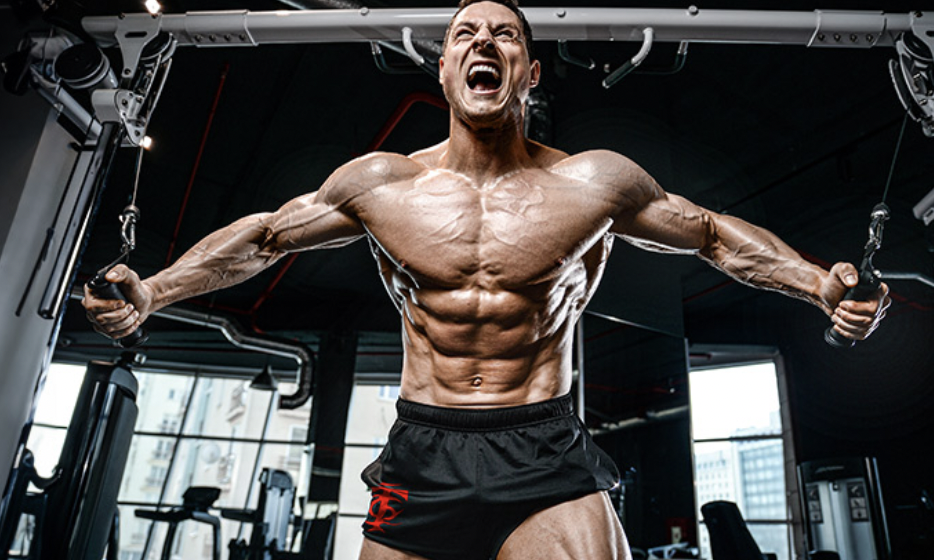The debate over the most effective approach for hypertrophy – high-volume training, or low-volume/high-effort (intensity) training – is a perennial one that has recently resurfaced due to social media polarization. The discussion aims to reveal the key to making muscle gains: effort, volume, or load. This debate is ongoing, with different fitness enthusiasts often promoting their favored approach as the superior one.
Effort-based training, one of the methods examined, centers on maximizing each set to stimulate optimal growth. While it’s often associated with low volume, this doesn’t mean the training relies on low workloads. Instead, it emphasizes the level of effort invested in each work set. The philosophy is simple: give every set your all, and you don’t need to do numerous sets to achieve substantial growth. Training to failure or close to it is common in effort-based training.
This approach includes parameters such as 1-2 maximum-effort sets, 1-3 warm-up or preparation sets, 5-10 reps per set, 1-4 exercises per muscle in a session, 5-6 exercises per workout, and a frequency of training each muscle once or twice per week. The choice of exercises often leans toward machines, pulleys, and single-joint exercises to ensure safety and maximize muscle tension.
Effort-based training offers benefits like teaching individuals to train hard, providing a better understanding of reps in reserve (RIR), time efficiency, optimal effectiveness of work sets, psychological advantages, reduced risk of central fatigue, and minimized muscle damage. However, it comes with potential cons such as a higher risk of injuries, necessity for reaching failure (especially with light or moderate loads), risk of technique degradation, possible dissatisfaction with low volume for some, and the importance of optimal exercise selection.
In conclusion, the approach to training for hypertrophy should consider factors like effort, volume, and load. Effort-based training, while lower in volume, can be highly effective for intermediate and advanced lifters who have developed the necessary motor control and technique to push themselves to the limits. It’s important to understand that the most effective approach can vary between individuals based on their fitness level, goals, and preferences, and may involve a combination of these factors over time.

